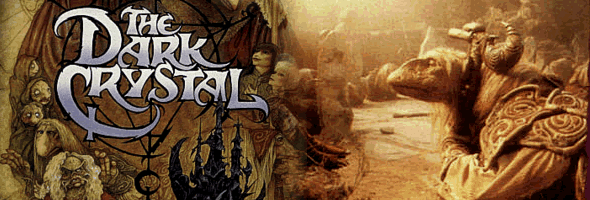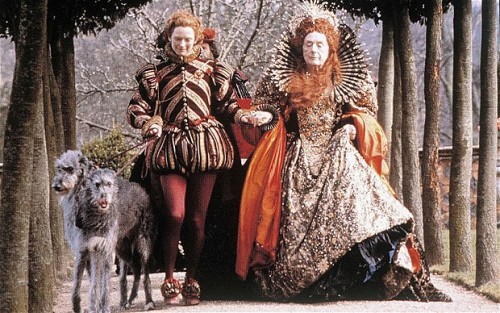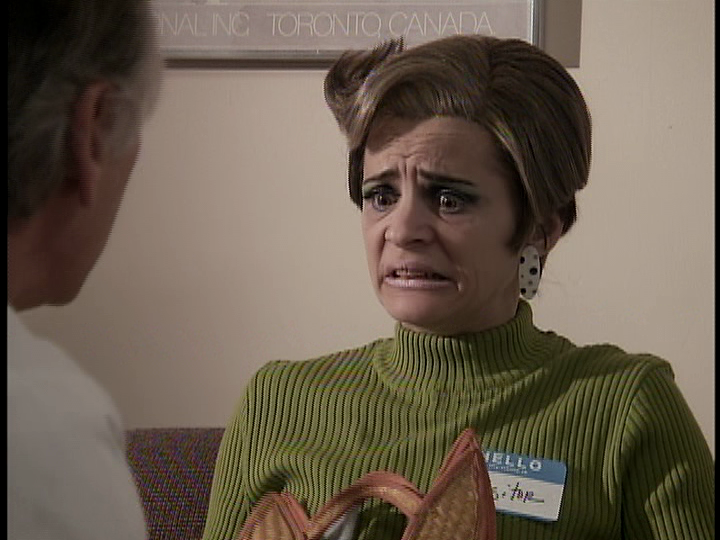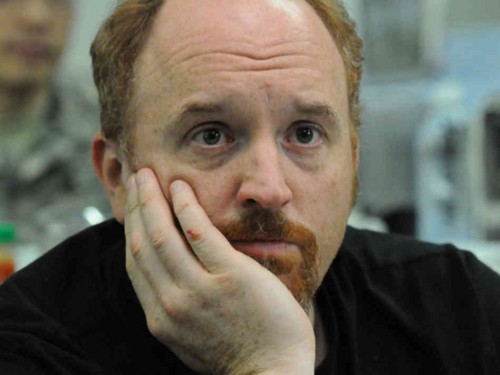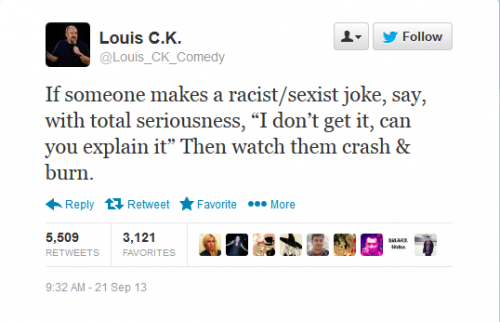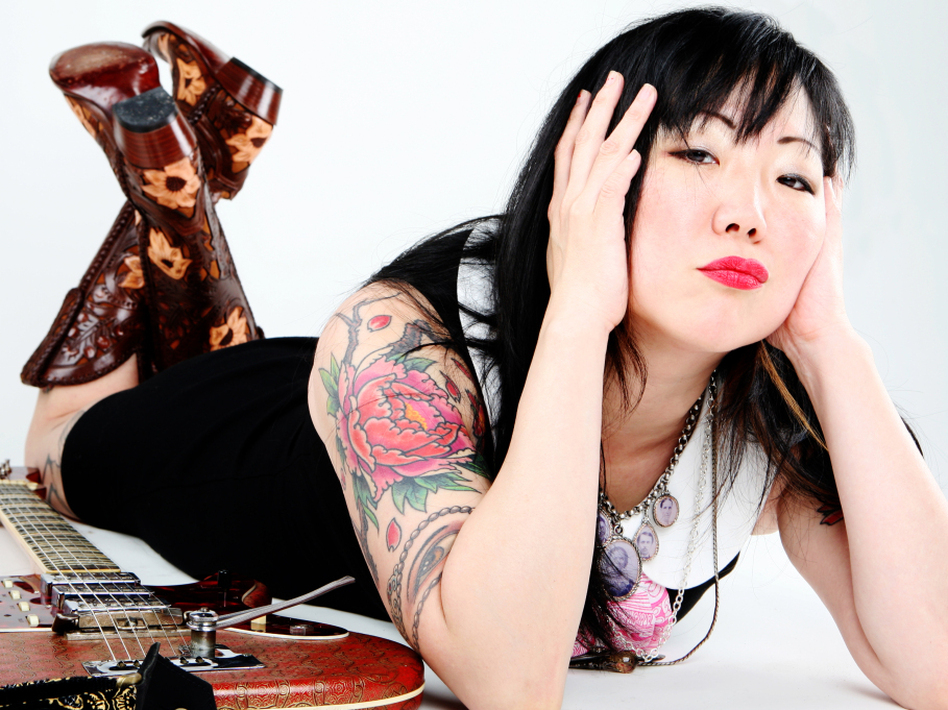This is a guest post written by Cameron Airen, who interviewed Joyce Shahboz and Michelle Warnky.
“What!? Shut the front door. She’s about to do the impossible for the second time,” shouted the hosts of American Ninja Warrior as millions of us watched 5’0”, 95lb Kacy Catanzaro become the first woman to hit a city finals course. This meant that she was the first woman to qualify for Mount Midoriyama, the finals in Las Vegas consisting of four stages. Catanzaro’s achievement was led by her being the first woman in the history of the show to beat the warped wall and finish a qualifying course. She made history that year on American Ninja Warrior, but she wasn’t the only one.
2014 of American Ninja Warrior was the year of many firsts for women. Michelle Warnky and Meagan Martin were the second and third women to make it up the warped wall and hit buzzers on their city’s qualifying course following Catanzaro. This was the first time this many women qualified for a city’s finals course in the same season.
There are five women veterans on American Ninja Warrior that particularly stand out. Catanzaro, Warnky, and Martin are three of them. Jessie Graff was the first woman to complete five obstacles and the second woman, besides Catanzaro, to qualify for the Vegas finals. Joyce Shahboz was one of the first women to compete on the American Ninja Warrior course and has been participating since season four. At 44 years old, she is also the oldest woman “to make it to Vegas and to the 5th obstacle.” One of the reasons to love American Ninja Warrior is because it represents athletes of all ages. Shahboz told me, “There are things I can do now that I couldn’t do 3-4 years ago and I’m 44 as of today!”
One of the most captivating aspects of American Ninja Warrior is that the women compete on the same platform as the men, making gender irrelevant. This appeals to Warnky, who said,
“I know many people have made comments to me about having a separate Ninja Warrior for ladies. But for myself and at least several other ladies I’ve talked to, we like that extra challenge, we like the strength that is required, and we enjoy competing with the guys.”
The hosts of American Ninja Warrior, Matt Iseman and Akbar Gbajabiamila, generally do a good job of not making a big deal of gender in relation to one’s performance on the course. During Martin’s run at the 2014 Denver finals, Gbajabiamila exclaimed, “She’s got the athleticism; she’s got the upper body strength; she’s built for American Ninja Warrior — that’s for sure!” This is a testament of how the course, with different obstacles that benefit different athletic strengths, is made for people of all genders.
By participating on American Ninja Warrior, women get to demonstrate their strength and other abilities, challenging the gender stereotypes placed upon them. There’s no doubt that the women have the strength, including upper body strength, in order to finish all of the obstacles. In fact, the upper body exercises are the women ninjas’ favorites to perform. Shahboz pointed out,
“The upper body challenges are appealing to us. In Japan, the Women of Ninja Warrior course isn’t as upper body intensive, and we all felt that was our forte and wanted more of the physical strength challenge instead of the balance challenges.”
On a tougher course with new obstacles, Jessie Graff was the first athlete to get the farthest on the 2015 Venice finals course. Even though she didn’t complete the course, she came close, making it to the second to last obstacle, giving it her best fight. Only the top 15 qualify for Vegas and she finished in sixth. Graff ended up being the woman who made it the farthest in a city finals course across the nation.
There is a huge gender disparity on American Ninja Warrior and that needs to change if we want to see women succeed more than they already do on the show. If there were as many women on the show as there are men, then there would be a greater chance of women making if farther. No woman has made it up the warped wall and hit the buzzer on stage one in Vegas yet in the history of the show. Shahboz believes it’s because of numbers: “We just haven’t had enough of us trying it out or training at the necessary level until now.” In season four, there were four women, Shahboz included, and 96 men competing in stage one in the Vegas finals. Warnky believes that the biggest challenge women face on stage one in Vegas is speed:
“I know Jessie Graff and I had many conversations and really wanted to beat it and knew we both had the ability to. Time plays a big factor in Vegas. In the regional rounds, most of us women play it pretty safe with time and don’t rush ourselves, whereas in Vegas, women are not able to stall much at all and need to go quickly through the obstacles and in-between the obstacles. Also, any time a girl does pretty well, history can be made, so I think we tend to focus on the safer and surer ways to do things, which isn’t really possible in stage 1. But I do think I have the ability to complete it, as do several other girls, we just didn’t make it happen the day it counted. Hopefully we’ll make that change soon!”
Even though the numbers are still low, more women competed in 2015 than any other year. In an interview with The Hollywood Reporter, executive producer of American Ninja Warrior, Kent Weed, said that the producers want more women competing and doing well, and that we will see more women compete as the show progresses. He doesn’t believe that succeeding at the obstacles has to do with gender and is confident that we will see our first woman to complete stage one in Vegas next year in 2016. Warnky expressed, “Hopefully, the show has encouraged other women to push their limits.” The more women see other women competing on the show, the more they will be inspired to train for it and get accepted.
“Could a woman ever win American Ninja Warrior?” an E! Online interviewer asked Isaac Caldiero after he became the first ever winner of American Ninja Warrior. Without hesitation, Caldiero responded, “Definitely. My girlfriend, Laura, could win it!” Even asking the question shows how far we have come in changing sexist beliefs and attitudes about women’s abilities. When Shahboz competed in season four, she was known for going farther than her husband. She said,
“People who didn’t know me or him would occasionally comment to him about getting beat by his wife. People would ask me, ‘How’d your husband take it?’ It’s still amazing to me that people still have the notion that ‘getting beat by a girl’ is an issue.”
Unfortunately, it is still an issue, otherwise the question of whether a woman could win wouldn’t even have been asked. But, American Ninja Warrior plays a pivotal role in changing all of that.
One way that the show doesn’t reinforce gender distinctions, aside from having women compete on the same platform as the men, is by not referencing gender when discussing an athlete’s abilities. During Martin’s performance at the Vegas 2014 finals, Gbajabiamila said,
“I’ve had a lot of sport heroes in my life: Muhammad Ali, Michael Jordan, Magic Johnson…Oh, add Meagan Martin to the list, what she did was phenomenal.”
Another way American Ninja Warrior doesn’t emphasis gender is that the athletes are all in support and cheer of each other. Shahboz pointed out that her male ninja competitors “have always been encouraging and supportive, it’s never been a guy vs. gal thing.” It’s refreshing to see a friendly community be positive and supportive of one another despite gender and background. This is definitely a rarity for competition shows on TV.
A sense of unity exists among the women of American Ninja Warrior. Even though it is a reality TV show, we don’t see unnecessary drama. It’s a show with friendly competition where the athletes support each other. This is a rarity on TV in general, especially in reality TV where women are often depicted as wanting to tear each other to shreds. It’s quite the opposite on American Ninja Warrior, making it one of those rare athletic competitions where you want everyone to do well. When one ninja falls, the other is sad that her fellow competitor did not make it. The women even travel to other cities to cheer each other on.
This solidarity is powerful and creates a positive influence for women and feminism. We need to see more of it onscreen. American Ninja Warrior may not have had any intentions of connecting to feminism necessarily, but they have created a platform for women to shine in multiple ways and to inspire other women, whether athletically or not. Athletics is often viewed as a metaphor for the rest of our lives. What one learns in being able to conquer a physical obstacle can translate to facing obstacles in other aspects of life. The women on American Ninja Warrior are powerful examples of women coming into and owning their own power, whatever that may look like.
Check out a more in depth interview I did with Joyce Shahboz and Michelle Warnky.
Cameron Airen is a queer feminist with a M.A. in Anthropology and Social Change. She loves to dissect and write about women and gender in film/TV. Cameron is also passionate about vegan cooking and resides in Berkeley, Calif.











































